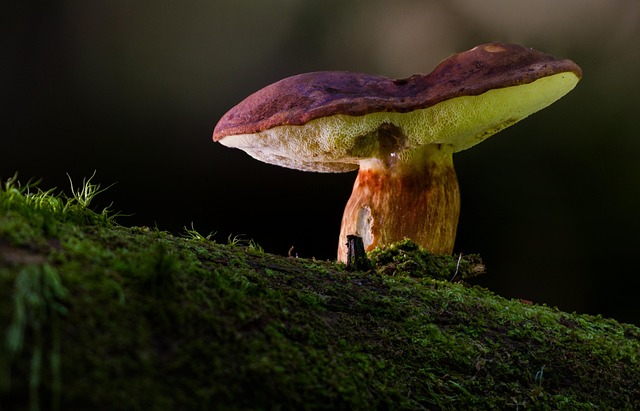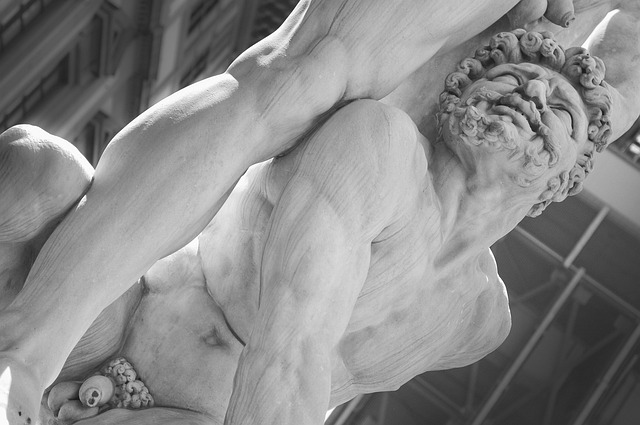Welcome to the Tiny World of Clay Cuisine!
Ever marveled at the exquisite detail of miniature food? Sculpting these tiny replicas with air dry clay is a delightful and accessible hobby. Unlike polymer clay, air dry clay hardens without baking. This guide provides the foundational skills you need, whether you're a seasoned crafter or just starting your miniature-making journey, to create your own mouth-watering tiny treats.
Gathering Your Ingredients (and Tools!)

Before sculpting, assemble your supplies. The star ingredient is air dry clay. Numerous brands exist (like Creative Paperclay, Hearty Clay, or DAS), each offering different textures, drying times, and suitability for detail. Experiment to find your favorite. While user-friendly, some simpler clays like Model Magic are softer and capture less fine detail. You'll also need:
- Air Dry Clay (choose based on desired detail and texture)
- Sculpting tools (needle tools, ball tools, silicone shapers)
- Small rolling pin (acrylic or PVC)
- Craft knife or blade
- Work surface (silicone mat, parchment paper, or ceramic tile)
- Small container of water (for smoothing)
- Acrylic paints (various colors)
- Fine detail paintbrushes
- Varnish or sealant (gloss and/or matte)
- Toothpicks or wire (for internal support or details)
Fundamental Sculpting Techniques

Mastering these core techniques provides a solid foundation for creating any miniature food:
- Rolling: Creating smooth, consistent shapes like spheres (peas, meatballs), cylinders (sausages, breadsticks), or flat sheets (pasta, pastry).
- Pinching & Shaping: Using fingers or tools to form organic shapes, thin edges (pie crusts, lettuce leaves), or define forms.
- Blending: Seamlessly joining clay pieces using a damp finger or tool, crucial for smooth transitions.
- Texturing: Adding realism using tools (needle tools for bread grain, ball tools for dents) or found objects (foil for rough textures, fabric for patterns).
Step-by-Step: Crafting a Miniature Donut
Let's apply these techniques by creating a classic miniature donut:
- Shape the Base: Roll a small ball of clay.
- Form the Donut: Gently flatten the ball into a thick disc. Use a ball tool or paintbrush handle to create the center hole, refining the shape.
- Smooth Edges: Use a damp finger or silicone tool to smooth the donut's edges for a rounded look.
- Add Icing (Optional): Roll another piece of clay paper-thin. Drape it over the donut. Trim excess clay around the bottom edge. Use a tiny bit of water to help it adhere if needed.
- Texture: Before drying, use a needle tool or toothpick to add subtle texture to the donut base (imitating fried dough) or the icing.
- Dry Completely: Allow the clay to air dry thoroughly, following the manufacturer's instructions. Drying time depends on thickness and humidity.
- Paint & Detail: Use acrylic paints. Apply a base color for the donut (e.g., tan) and icing. Add shading with diluted brown paint (washes) for a 'baked' look. Paint tiny sprinkles or glue on microbeads.
- Seal Your Work: Once the paint is dry, apply varnish. Use gloss for a shiny glaze effect or matte for a more cake-like finish. Sealing protects your creation.
Painting and Finishing Touches

Painting transforms your sculpture into a believable miniature. Use acrylics for their versatility. Layer colors, use 'washes' (thin, watery paint) for shading crevices, and 'dry brushing' (using a brush with very little paint) to highlight raised textures. Once dry, seal with varnish. Gloss varnish gives a wet or sugary look (perfect for glazes, sauces, or juicy fruits), while matte varnish provides a non-reflective finish suitable for breads, cakes, or cheeses.
Resources for Further Exploration
Ready to explore more? These resources offer inspiration and advanced techniques for miniature food crafting:
